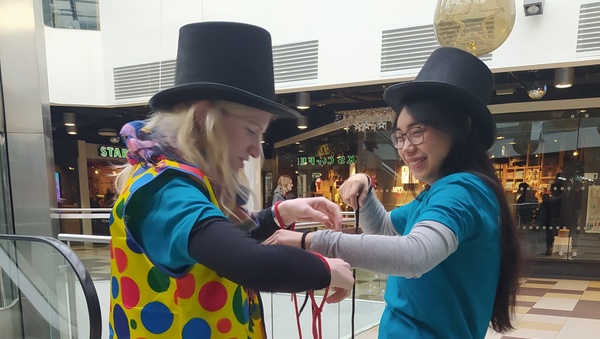How to Play Trash

We have another fun card game to share with you today, that is great for number recognition and for practicing number sequences. It is know as 'Trash' or "Garbage'.
The aim of the game is to be the first player to line up your cards in sequence order from 1 to 10, with the Ace counting as 1. You will need a standard deck of 52 cards, with the jokers removed. For 1-2 players, use one pack of 52 cards, for 3-4 players use two packs, and for 5-6 players use three packs.
Watch out short video to learn how to play, or scroll down for detailed written instructions as well as some variations.
Setting up the Game
Shuffle the cards, and deal each player ten cards face down, in two lines of 5 cards each. Place the remaining cards in the centre of the table. This is the draw pile.
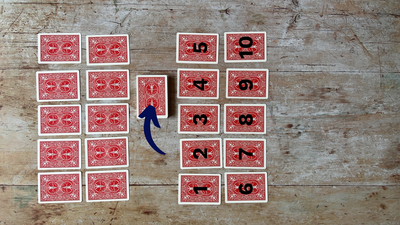
Playing the Game
Player 1 starts by turning over any one of their face down cards.
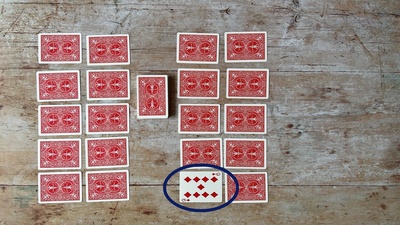
If it is a card from Ace to 10, the player places that card in the corresponding position of their number line, replacing the card that is already there.
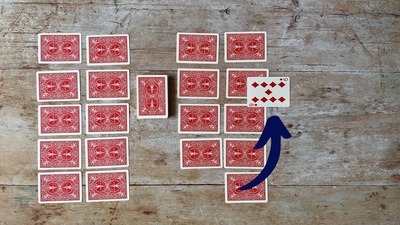
The replaced card is flipped face up, and in turn placed in its corresponding position of the number line.
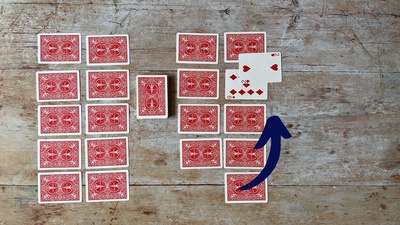
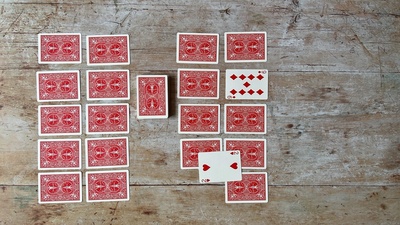
This continues until the player finds a card that can not be played - either a number that’s already been placed, or a Jack, Queen or King.
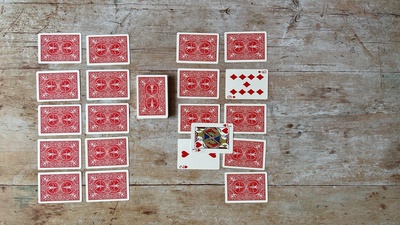
The unplayable card is discarded to the ‘trash’ pile in the centre of the table, and the next player takes their turn.
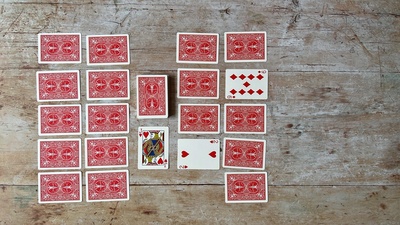
Player 2 now turns over one of their cards, and proceeds in the same way that Player 1 did.
On subsequent turns, players turn over the top card from the draw pile to start their turn, and place the card according to the same rules as before.
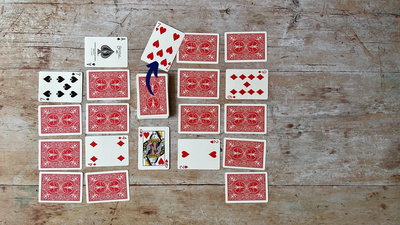
When a player places a card in an empty spot, with no card to flip over, they take a card from the draw pile to continue their turn.
On their turn, players can also choose to take the top card from the discard pile instead of the draw pile.
The first player to complete their Ace to 10 sequence wins the game.
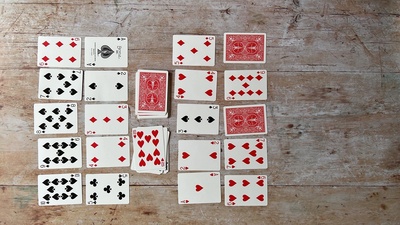
If the draw pile runs out before anyone completes their number sequence, the cards of the discard pile, apart from its top card which is left in place, are shuffled to make a new draw pile.
Variations
- If you have plenty of space on the table, arrange the cards in a single row from Ace to 10.
- Players start the game by taking a card from the draw pile, instead of turning over one of their face down cards. That way you don’t end up with any empty spots.
- When setting up the game, take the top card of the draw pile and lay it face up next to the draw pile to form the discard, or ‘trash’, pile. This means that players have the choice from the start to pick a card from the draw or 'trash' pile.
- Some games use either the Jack or the King as a wild card. Wild cards can be placed in any position in your number sequence, and can be moved on subsequent turns. For example, if you use a wild card as a 3, and then later turn over a 3, you can replace the wild card with the 3 and reuse the wild card in another position.
- To make the game easier, you can designate all face cards as wild cards.
- After one player has completed their Ace to 10 sequence, the other player(s) turn over their remaining face down cards. If it turns out the cards were already in the correct places, thereby also completing the sequence, the game is tied.
- After one player has completed their Ace to 10 sequence, the other player(s) each get one final turn in an attempt to tie the game.
Latest News and Events
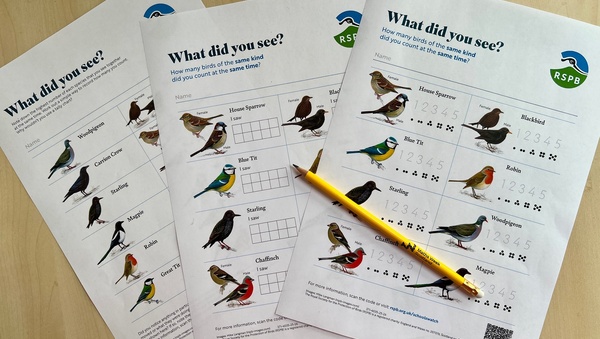
RSPB Big Schools' Birdwatch
It is almost time for the RSPB Big Schools’ Bird Watch – the largest citizen science project for schools across the UK. Sign up to take part, from 6th January- 13th February 2026.
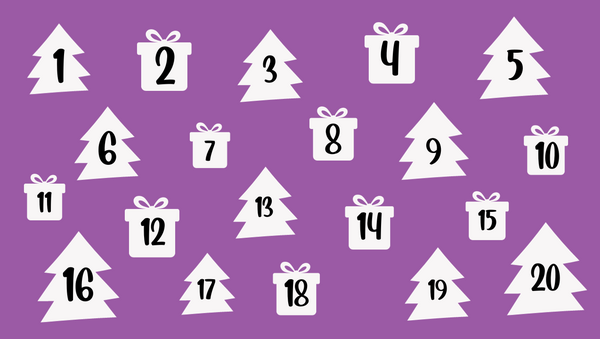
Pick & Mix Your Own Christmas Holiday Countdown
We've pulled together all our seasonal resources from the last three years, and thrown in a few new ones too, so that you can create your own Christmas Holiday Countdown depending on age, ability and preferences. With games, puzzles, art and craft activities to choose from, as well as our interactive puzzle mystery story.
